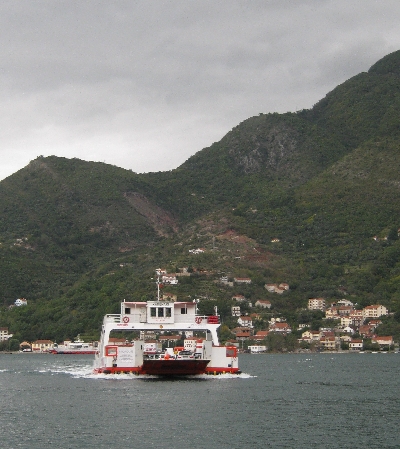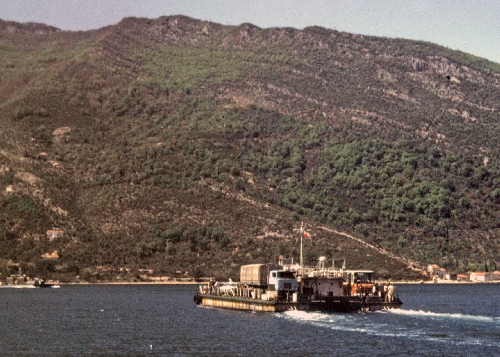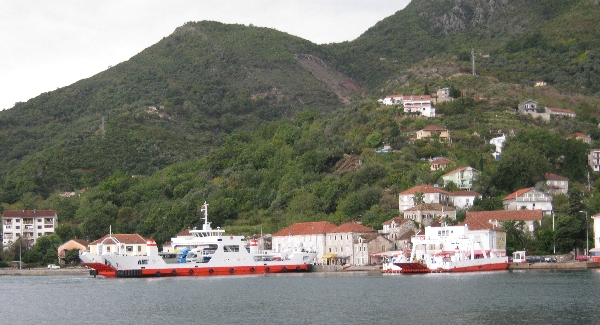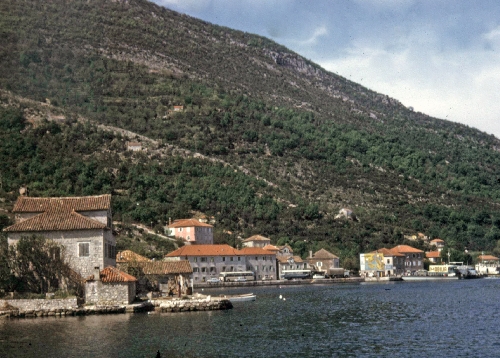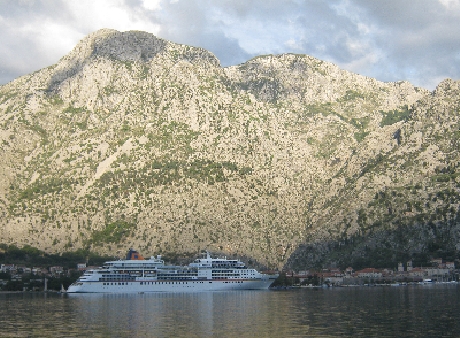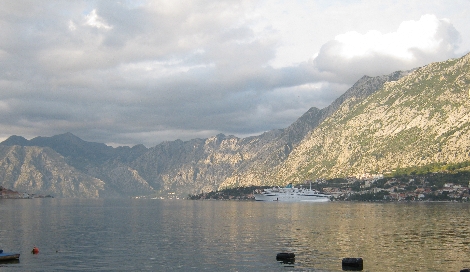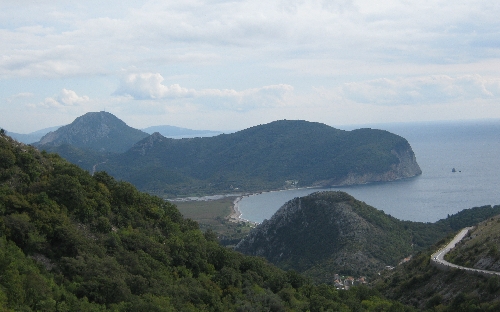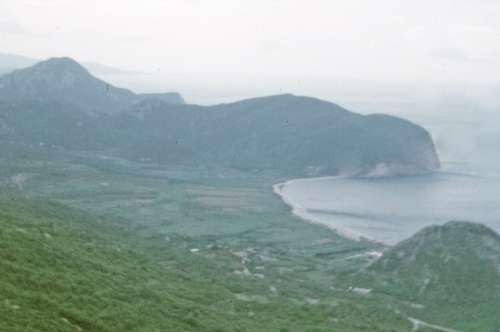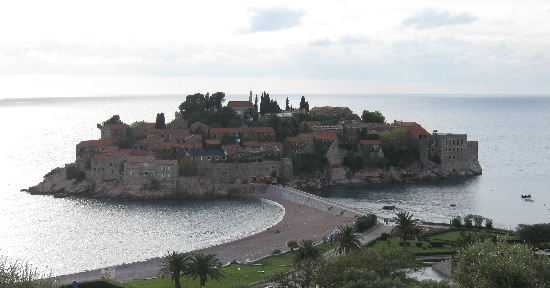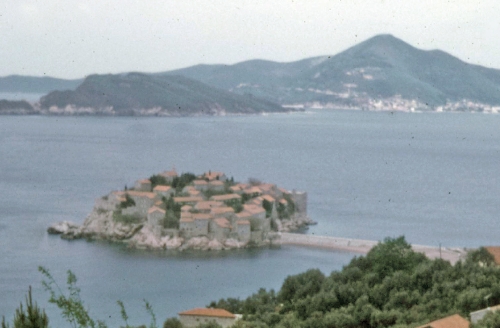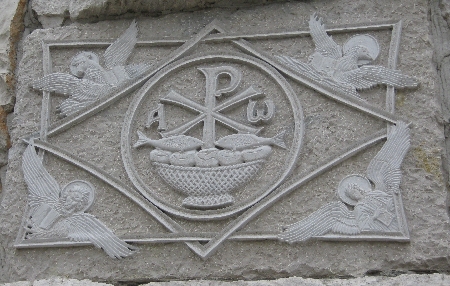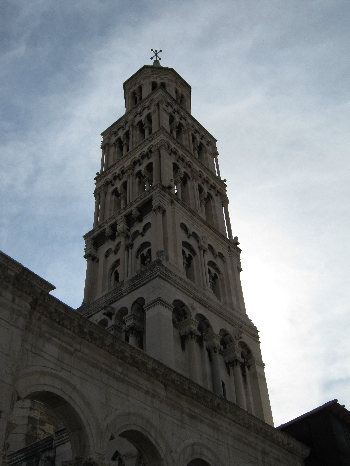
On the evening of Friday 23rd October, we arrived in Split on the central Dalmatian coast of Croatia. This followed a day of driving through some of the heaviest rain I’ve experienced in a very long time. Our ferry crossing took place with only a few spots of rain falling. But as we passed through Herceg Novi and headed towards the Montenegro – Croatia border, it started raining with a vengeance. As a result, we drove past the wonderful historic Croatian city of Dubrovnik, only just able to make it out in the near distance through the heavy rain and mist.
Our journey through the driving rain along the Adriatic coast was also notable for taking us into the ninth different country of our trip. For 10 km, the main coastal highway passes into Bosnia-Herzegovina and through the town of Neum before passing back out into Croatia again. Finally, in the late afternoon as we approached Split, the constant rain started to ease, very much in line with the BBC online weather forecast we had looked at the previous evening.
Split is the second-largest city in Croatia after the capital Zagreb. It is also an important port and ferry port. However, probably its greatest claim to fame is being the location of one of the most imposing Roman ruins still in existence – the Emperor Diocletian’s Palace. But the palace is not a museum. Instead, it is the living heart of the city, consisting of a whole network of interconnected alleyways and squares containing shops, restaurants and bars, as well as the Cathedral of St. Domnius with its wonderful Romanesque bell tower. The B&B Kašel 1700, where we stayed for two nights, also lies within the palace, just inside the Southern Gate.
On my 1975 coach trip, I had stopped off in Split for no more than half an hour which had therefore only allowed me a very cursory glance at this amazing Roman ruin. This time, because of staying for two nights, we had the whole of Saturday 24th October to explore and take in the atmosphere of the vibrant historic city centre. And after all the rain of the two previous days, our full day in Split was spent once more enjoying fine and sunny weather.
From my brief April 1975 visit, I have precisely two pictures. However, by sheer coincidence, I took pictures of the same ancient buildings from similar positions during my October 2009 visit. As with the previous examples that I have already posted from Cappadocia and Montenegro, it is fascinating to see how little has changed in nearly 35 years.





